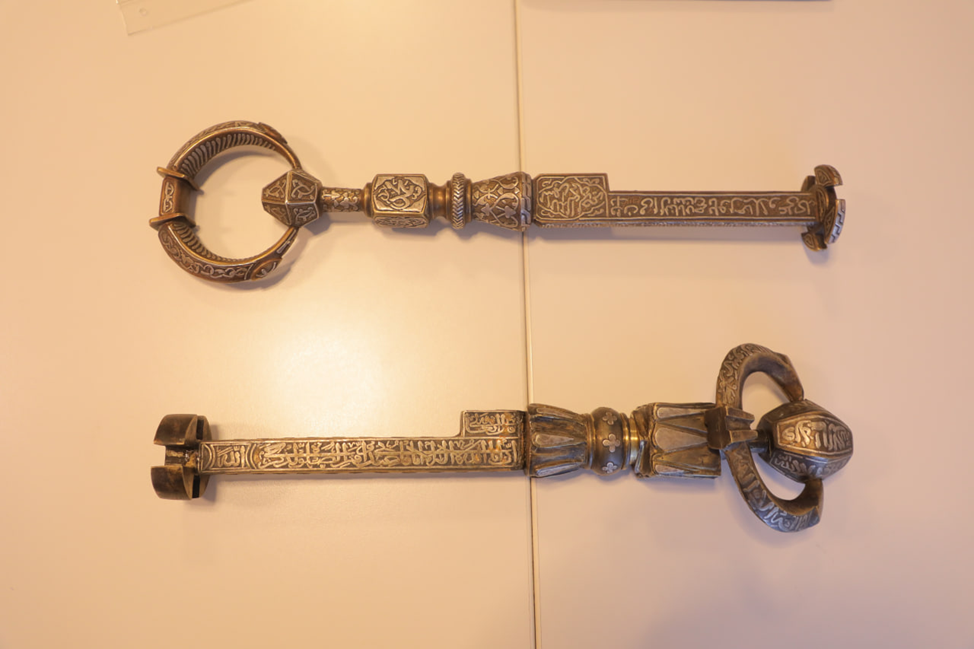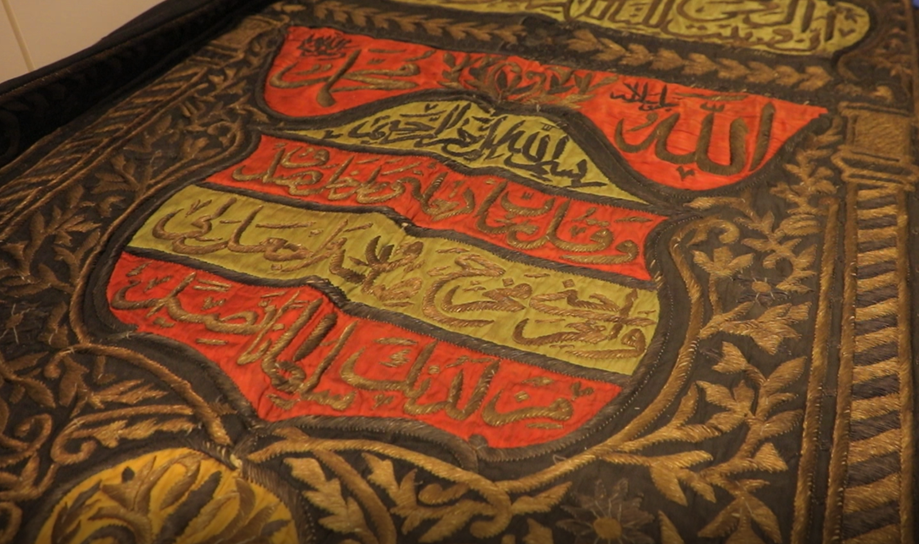Unique artifacts have been brought from Saudi Arabia for display at the Center of Islamic Civilization
At the initiative of the President of the Republic of Uzbekistan, Shavkat Mirziyoyev, the Center of Islamic Civilization in Uzbekistan, currently under construction, is closely cooperating with the world’s leading scientific and cultural institutions. As a vivid example of this cooperation, the House of Islamic Arts in Jeddah, Saudi Arabia, has presented 13 rare and valuable exhibits to be displayed at an exhibition held within the framework of the Center’s opening.

The exhibits will be displayed in Uzbekistan from September 2025 to March 2026. They are closely linked to the history and culture of the Islamic world and the spiritual heritage of Uzbekistan, offering our citizens and foreign guests the opportunity to become acquainted with a rich historical treasure.

As noted by the Center’s researcher, Elyor Mullajanov, one of the rarest pieces among the exhibits is a unique artifact from the Mamluk period the keys to the Holy Kaaba, made of brass, adorned with silver, and engraved with verses from the Qur’an.

The artifacts to be displayed at the exhibition belong to various periods and regions, including:
▪️ A bronze ewer from the Ghaznavid period — a cast bronze piece decorated with carved patterns;
▪️ An inkwell from the Seljuk period — an artistic work carved from stone;
▪️ Ceramic plates from the early Islamic period — created in the 4th–5th centuries AH;
▪️ Qur’an manuscripts — decorated copies in Eastern Kufic and Naskh scripts;
▪️ Pages from Abu Ali Ibn Sina’s “The Canon of Medicine” — from the first edition of 1549;
▪️ A mahmal — a ceremonial palanquin used for transporting the Kaaba’s kiswah;
▪️ The curtain of the Maqam of Prophet Ibrahim — a rare piece sewn during the Ottoman period;
▪️ Chess pieces — game items carved from animal bone;
▪️ A historical book cover — a Central Asian example decorated with gold and paints.


This cooperation not only broadly promotes the cultural heritage of the Islamic world but also serves as an important step in strengthening cultural ties between Saudi Arabia and Uzbekistan and in fostering the exchange of experience in science and art.
Most read

Over 100 experts from more than 20 countries of the world are in Tashkent!

President of Serbia Aleksandar Vučić visited the Islamic Civilization Center in Uzbekistan

The Center for Islamic Civilization – a global platform leading towards enlightenment











